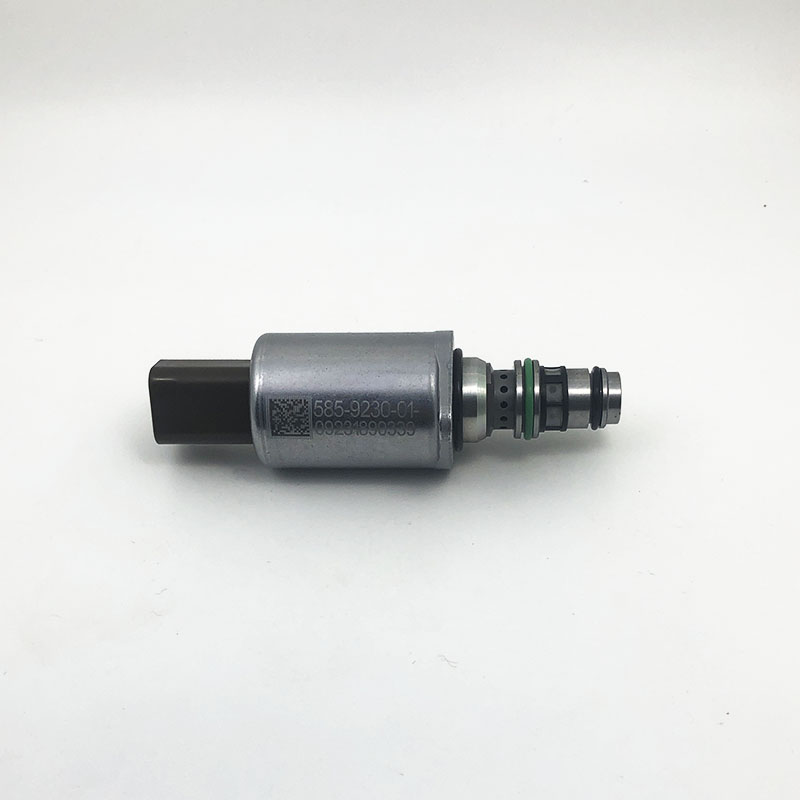Control valve (controlvalve) is used to adjust the flow, pressure and liquid level of the medium. According to the signal of the adjusting part, the opening of the valve is automatically controlled, so as to achieve the adjustment of the medium flow, pressure and liquid level. Regulating valves are divided into electric regulating valves, pneumatic regulating valves and hydraulic regulating valves.
The regulating valve is composed of two parts: electric actuator or pneumatic actuator and regulating valve. Regulation and is usually divided into straight single-seat and straight two-seat two, the latter has the characteristics of large flow capacity, small imbalance and stable operation, so it is usually especially suitable for large flow, high pressure drop and less leakage.
Flow capacity Cv is one of the main parameters of the selection of regulating valve, the flow capacity of the regulating valve is defined as: when the regulating valve is fully opened, the pressure difference between the two ends of the valve is 0.1MPa, the fluid density is 1g/cm3, the flow rate of the regulating valve per hour, called the flow capacity, also known as the flow coefficient, expressed in Cv, the unit is t/h, the liquid Cv value is calculated according to the following formula.
According to the flow capacity Cv value size check table, you can determine the nominal diameter DN of the regulating valve.
The flow characteristic of the regulating valve is the relationship between the relative flow rate of the medium flowing through the regulating valve and its opening under the condition that the pressure difference at both ends of the valve remains constant. The flow characteristics of the regulating valve have linear characteristics, equal percentage characteristics and parabolic characteristics. The significance of the three injection characteristics is as follows:
(1) Equal percentage characteristic (logarithm)
The relative stroke and the relative flow rate of the equal percentage characteristics are not linear, and the change in flow rate caused by the change in unit stroke at each point of the stroke is proportional to the flow rate at this point, and the percentage of flow change is equal. Therefore, its advantage is that when the flow is small, the flow changes, and when the flow is large, the flow changes greatly, that is, it has the same adjustment accuracy in different opening degrees.
(2) Linear properties (linear)
The linear characteristics have a linear relationship between relative stroke and relative flow. The change of flow rate caused by the change of unit stroke is constant. When the flow rate is large, the relative value of the flow rate changes little, and when the flow rate is small, the relative value of the flow rate changes greatly.
(3) Parabolic characteristics
The flow rate varies proportionally according to the square of the stroke, and it has the intermediate characteristics of linear and equal percentage characteristics.
From the analysis of the above three characteristics, it can be seen that in terms of its adjustment performance, the equal percentage characteristic is the best, and the adjustment is stable and the adjustment performance is good. The parabolic characteristic is better than the linear characteristic, and any of the flow characteristics can be selected according to the different requirements of the occasion.




